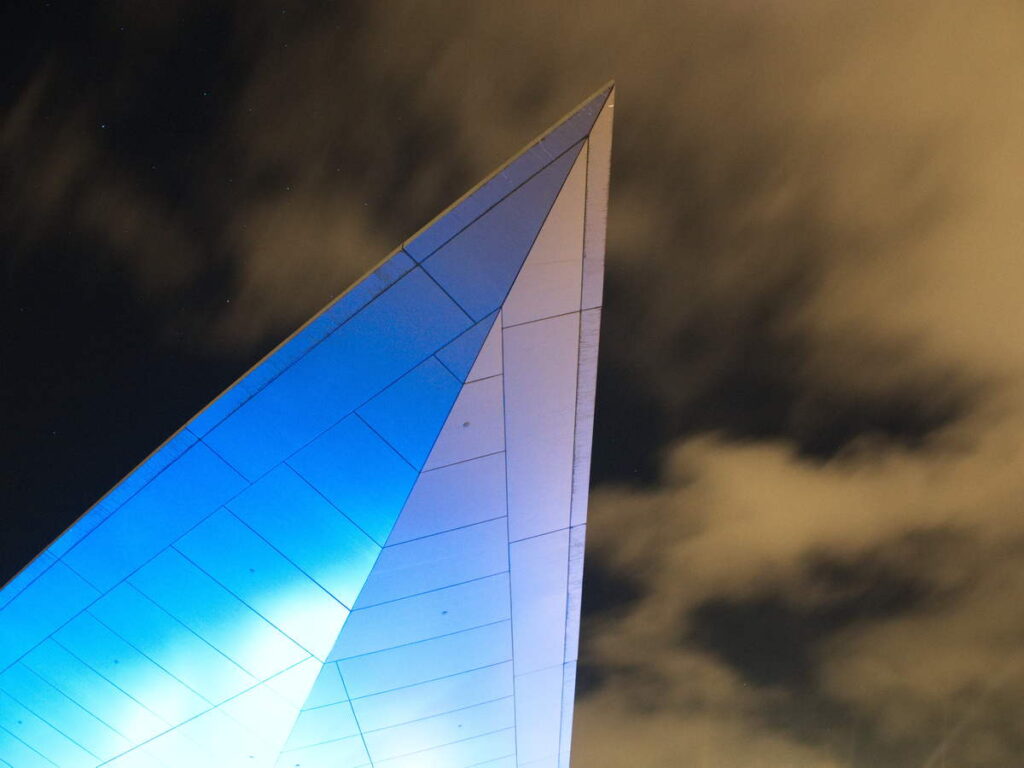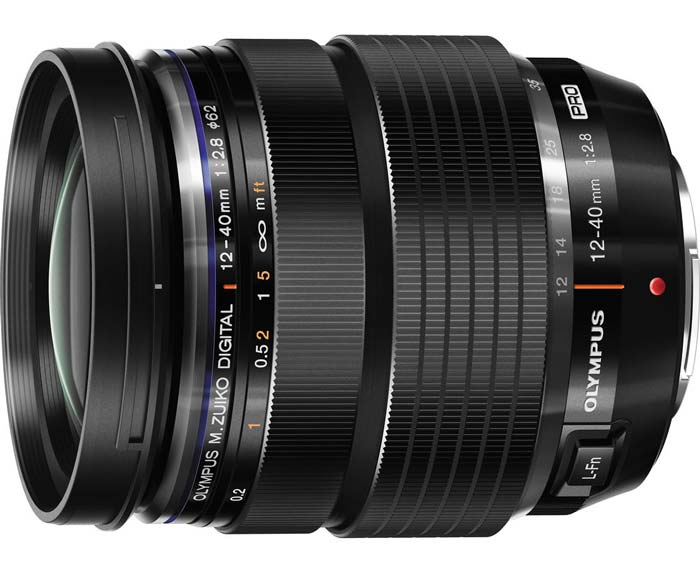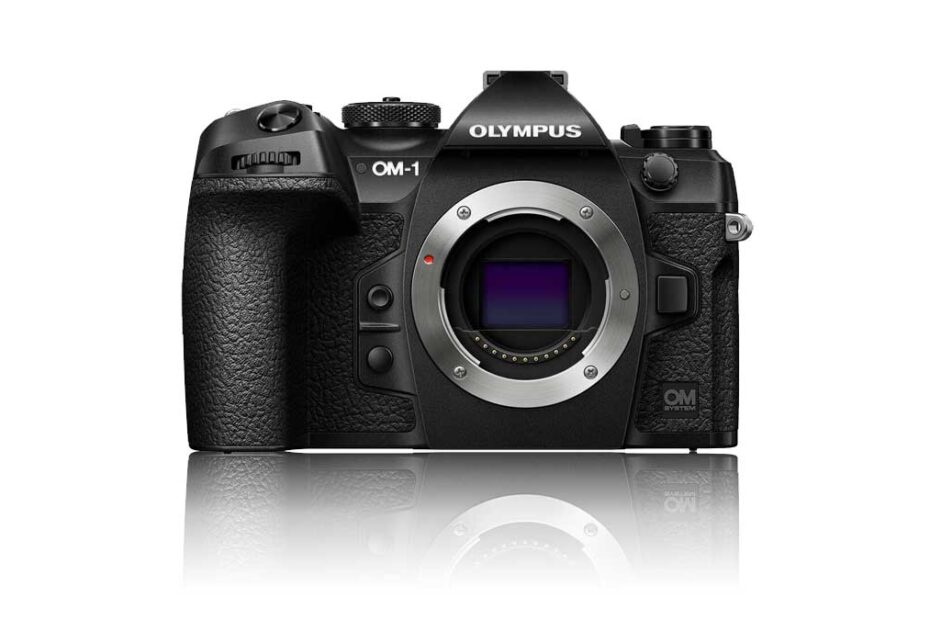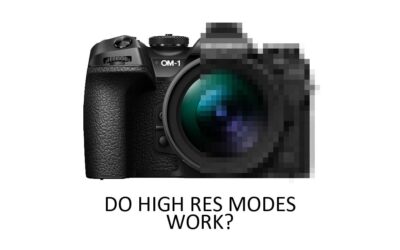The OM-1 is a rather distinct camera. In some areas, its performance cannot be touched. Yet, you can buy a Full Frame camera with a four-times larger sensor for the same money. After all, why buy an OM-1 when you could buy a Canon R6ii or a Sony A7iv?
Well, to find out, I did trade my full frame camera system to buy an OM-1, and after several months, I know I made the right decision. Jump to Conclusion.
SHOP OM-1 NOW


Table of Contents
- From Full Frame to OM-1
- OM-1 vs Full Frame – Image Quality
- OM-1 vs Full Frame – Performance
- OM-1 vs Full Frame – Lenses
- OM-1 vs Full Frame – Versatility
- Why you should buy Full Frame
- Conclusion
From Full Frame to OM-1
I have been shooting Full Frame cameras since 2015 and immensely like them. But they are rather big, and often, more than one needs. Therefore, I bought a bargain-priced Olympus M5 Mark II as a light-weight solution for for casual photography. Read Micro Four Thirds vs Full Frame.

But the strangest thing happened: I began using my Olympus M5 Mark II all the time. And while my Full Frame camera was superior in many ways, it wasn’t always superior in ways that mattered.

Ultimately, I sold my beloved Nikon D750 and lenses and sat on the cash while I decided which camera I should buy next. In the end, it came down to the Nikon Z6ii and the OM-1, and after some soul-searching – I decided to commit to Micro Four Thirds and bought an OM-1. Here’s why.
OM-1 vs Full Frame – Image Quality
A Full Frame sensor is four times larger than the sensor inside the OM-1. Therefore, a Full Frame sensor has the potential to receive four times more light resulting in superior image quality. Yet, in the real world, it doesn’t always work out that way.

When I traded my APS-C Nikon D90 for a Full Frame Nikon D750 – I was stunned by how shallow the depth of field was. The apertures I used to use with my D90 were no longer sufficient, and many of my photos were blurred. After a while, I got used to using much smaller apertures, but as a consequence, I was taking photos at higher image-degrading ISOs.

Because I was using higher ISOs to offset shooting with smaller, darker apertures, I was diminishing the main benefit of buying a Full Frame camera because you can’t shoot at large background melting apertures all of the time.
In contrast, I rarely exceed F4 with Micro Four Thirds, and more often or not, I get images of comparable quality to my Full Frame Nikon D750. Yet, even when all things are equal, the OM-1 can still pull ahead thanks to its stunning image stabilization.

The OM-1 breaks all the rules when it comes to sharp handheld photography. Specifically, I am taking reliably sharp 3-second exposures. Thus, I get all the depth of field and light I need without budging from the OM-1’s base ISO of 200. In this scenario, Full Frame doesn’t stand a chance.

OM-1 vs Full Frame – Performance
With full autofocus, the OM-1 can shoot up to 50 raw files per second. Moreover, thanks to its stacked sensor, it can do so silently, with zero viewfinder blackout and very little, if any, rolling shutter.

Furthermore, you can switch on the OM-1’s ProRes mode to record the moments before you push the shutter release, enabling you to get the shot you just missed.
Regarding autofocus, each of the OM-1’s 20 million pixels is a cross-type AF point, offering such a level of precision that the OM-1 can focus on the edge of a piece of paper. The AI-trained Bird-detect AF is truly spectacular, as are the Face and Eye detection modes.
While Live ND is very impressive, the HighRes mode has been a bit of a disappointment. At this stage, if you want to produce large high-resolution images, just get Gigapixel AI. Read Does High Res Mode Work
OM-1 vs Full Frame – Lenses
Lenses for the OM-1 are much smaller than their Full Frame counterparts and, for the money, better. For instance, compared to the Nikon Z 24-70mm F4 S, the similarly priced Olympus 12-40mm F2.8 Pro II is twice as bright, more compact, has more reach, features a lovely focus clutch, and has an IP53-rated weather-resistant metal construction.

Of course, Full Frame has another tier of lenses altogether. For example, the Olympus 12-40mm F2.8 Pro II cannot compete with a Nikon 24-70mm F2.8 S. However, to enjoy the Big Nikon’s benefits, you must endure its weight, size, and price tag. Read Best Olympus Lenses.
OM-1 vs Full Frame – Versatility
In hand, the OM-1 is surprisingly small and discrete, especially when paired with a small prime lens such as the Olympus 17mm F1.8. And zoom lenses such as the tiny Olympus 14-150mm F4-5.6II and Olympus 40-150mm F4 Pro demonstrate the extreme portability of the Micro Four Thirds system when shooting at telephoto.

Furthermore, thanks to the OM-1’s spectacular image stabilization, I’ve not carried a Tripod in months and six stops of LiveND means I can leave my ND filters at home too.
The net result of the OM-1’s versatility is that you’ll be ready to take a broader range of photos despite carrying less equipment. In the past, I would bring my Nikon D750, three lenses, a tripod, and filters. Today, if I’m feeling lazy, I can do almost as much with my OM-1 and Olympus 14-150mm F4-5.6II.
Why you should buy Full Frame
To get the best out of Full Frame camera, you must be prepared to buy good quality large-aperture lenses. You also need to shoot scenes that support or benefit from shallow depth of field or be willing to use a tripod.
Specifically, I’d recommend Full Frame for professional portraiture since heavy background blur is not just acceptable but desirable. Furthermore, Full Frame is the way to go for shooting fast action in dimly lit spaces, as the four-fold light gathering advantage will compensate for the light-starved fast shutter speeds you’ll need to avoid motion blur.
But, in each case, you’ll need the lens to match. For instance, a Full Frame camera paired with a small-aperture lens such as the Nikon Z 24-200mm F4-6.3 gathers no more light than an OM-1 paired with the seminal Olympus 40-150mm F2.8 Pro.

Get Discounts on Photo Editing Software
Subscribe to my weekly newsletter and be notified of deals and discounts on photography software from ON1, Adobe, Luminar, and more. Spam Promise: Just one email a week, and there’s an unsubscribe link on every email.
Conclusion
The OM-1 is a compact, high-performance camera, and it’s challenging to think of any other camera that can perform so well in such a wide range of shooting scenarios – particularly if you prefer to travel light.
Of course, with a large budget and a willingness to carry a lot of gear, you can better the OM-1 in specific cases. Therefore, if your photography needs are somewhat narrow, it’s worth exploring specialized options.
But for most of us, photography is entirely unspecific. One minute, we’re taking photos of our kid’s sporting event, and the next, a bird in flight or a sunset. In such context, the OM-1 thrives as it’s merely very good at everything without ever weighing you down and growing burdensome.
Subscribe to my weekly newsletter and be notified of deals and discounts on photography software and gear. Subscribe Now.
SHOP OM-1 NOW










